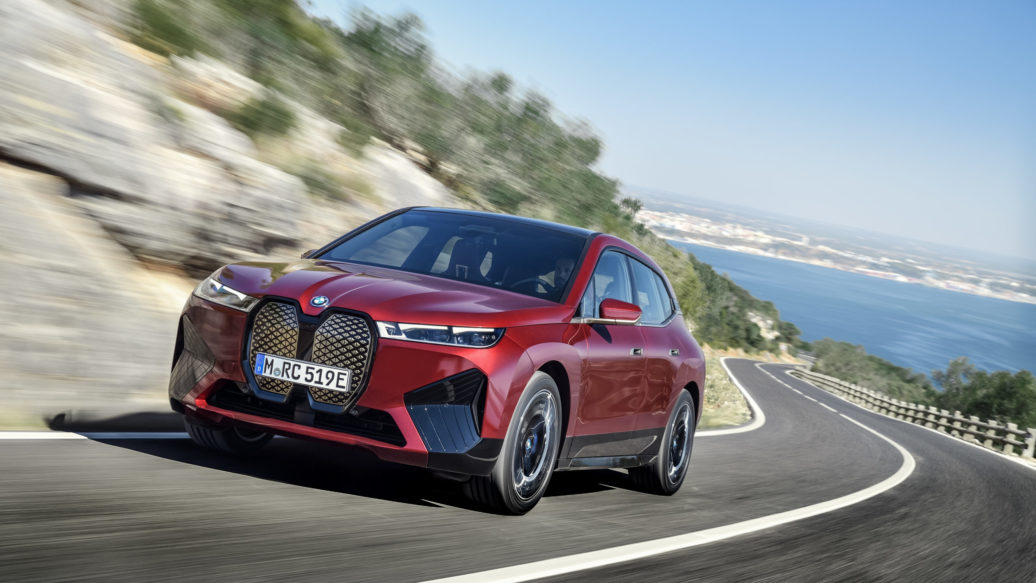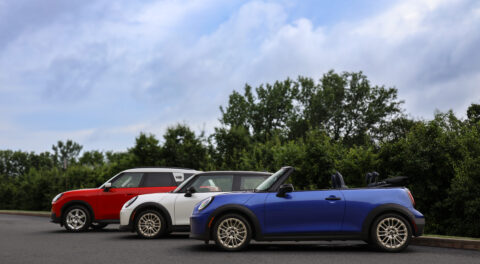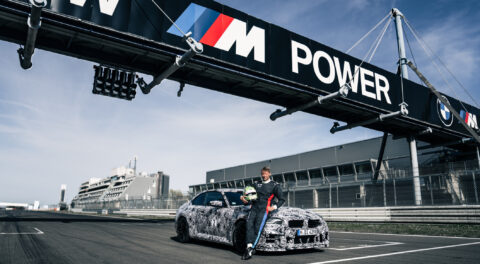The future of BMW is upon us. The result of years of development and untold millions spent, the iX is BMW’s new technological flagship. For over 40 years, it was the 7 Series, but just as BMW alluded countless times in previous years, the torch has been passed to the first-ever iX. You probably know iX as iNext, which is what the electric vehicle was referred to when it was in the development and design phase.
Although the BMW X5 makes for the most natural comparison, a close dimensional footprint is about all the two share in common. The iX is an entirely new vehicle that began, for all intents and purposes, with a clean sheet design. BMW’s new electrical pioneer does happen to ride atop the corporate CLAR platform—which is primarily rear-drive oriented—but the rest of the vehicle rejects the notion that EVs need to resemble their internal-combustion counterparts, and it does so with a bold—and incredibly contentious—design that shares little other than the large, vertically-oriented kidney grille design with anything else in the BMW lineup.
Thankfully, or perhaps mercifully, the iX is set to come with the equivalent of 500 horsepower and 300 miles of range. Whether or not those figures are as substantial in 2022—the first year the iX will go on sale—as they are today remains to be seen, but there’s little question something with the presence and size of the iX will require performance to back it up and fulfill its promise.
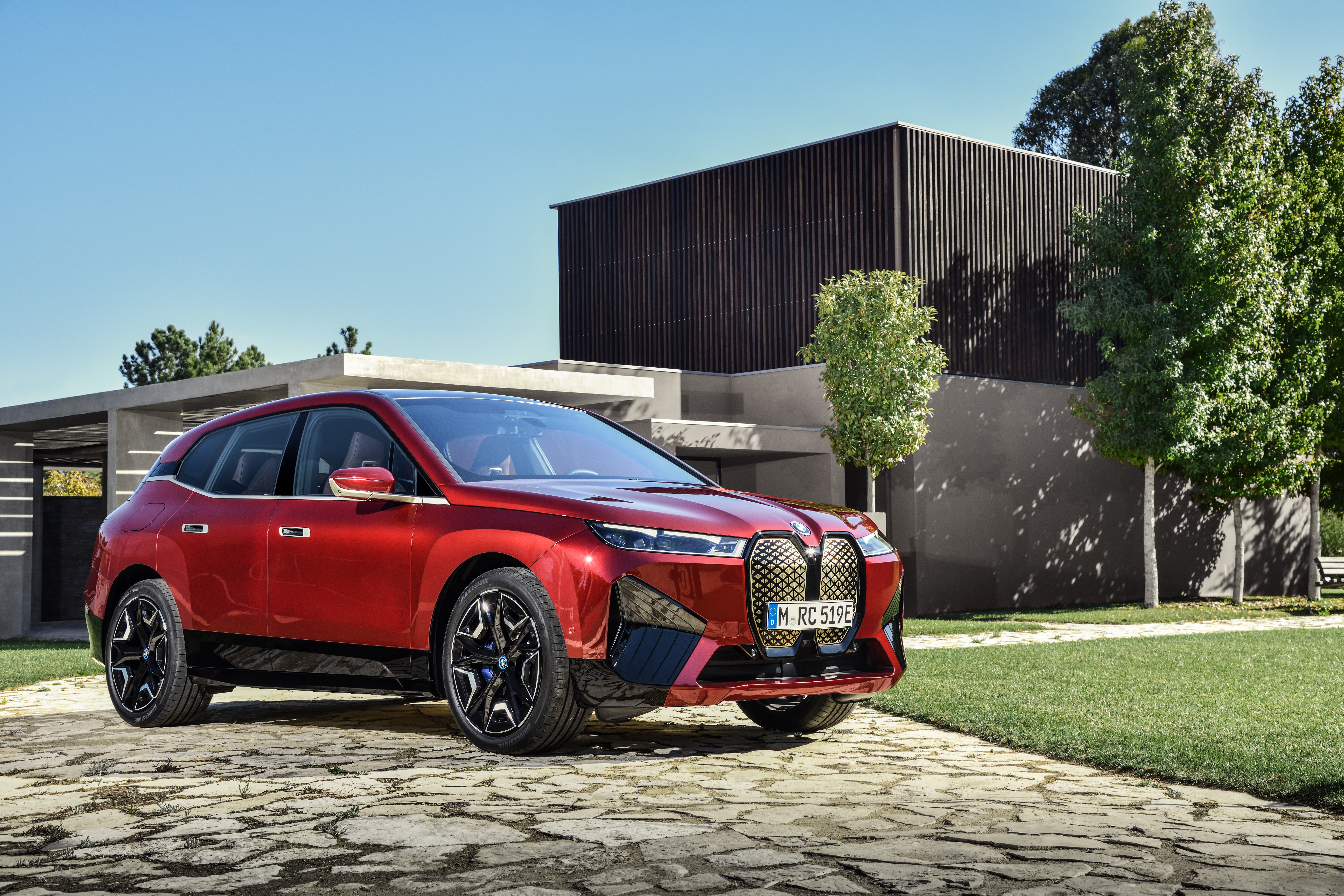
Speaking of promises, iNext was often billed as a new benchmark, not only for electric mobility in general, but also for autonomous driving. Not so many years ago, the previous CEO of BMW said that iNext, when it came to fruition, would come with autonomous driving capabilities exceeding level three, which implies eyes-off operation. Level three, or eyes-off, ranks above level two hands-off, where most modern automobiles with some type of autopilot system fall, and level four mind-off, in which a driver can actually take a nap or even leave the driver’s seat while being chauffeured to their destination by the vehicle. We’re still a ways out from iX hitting the market in 2022, or even going into production next year, but at this time, BMW hasn’t divulged any significant detail into just how autonomous iX will be.
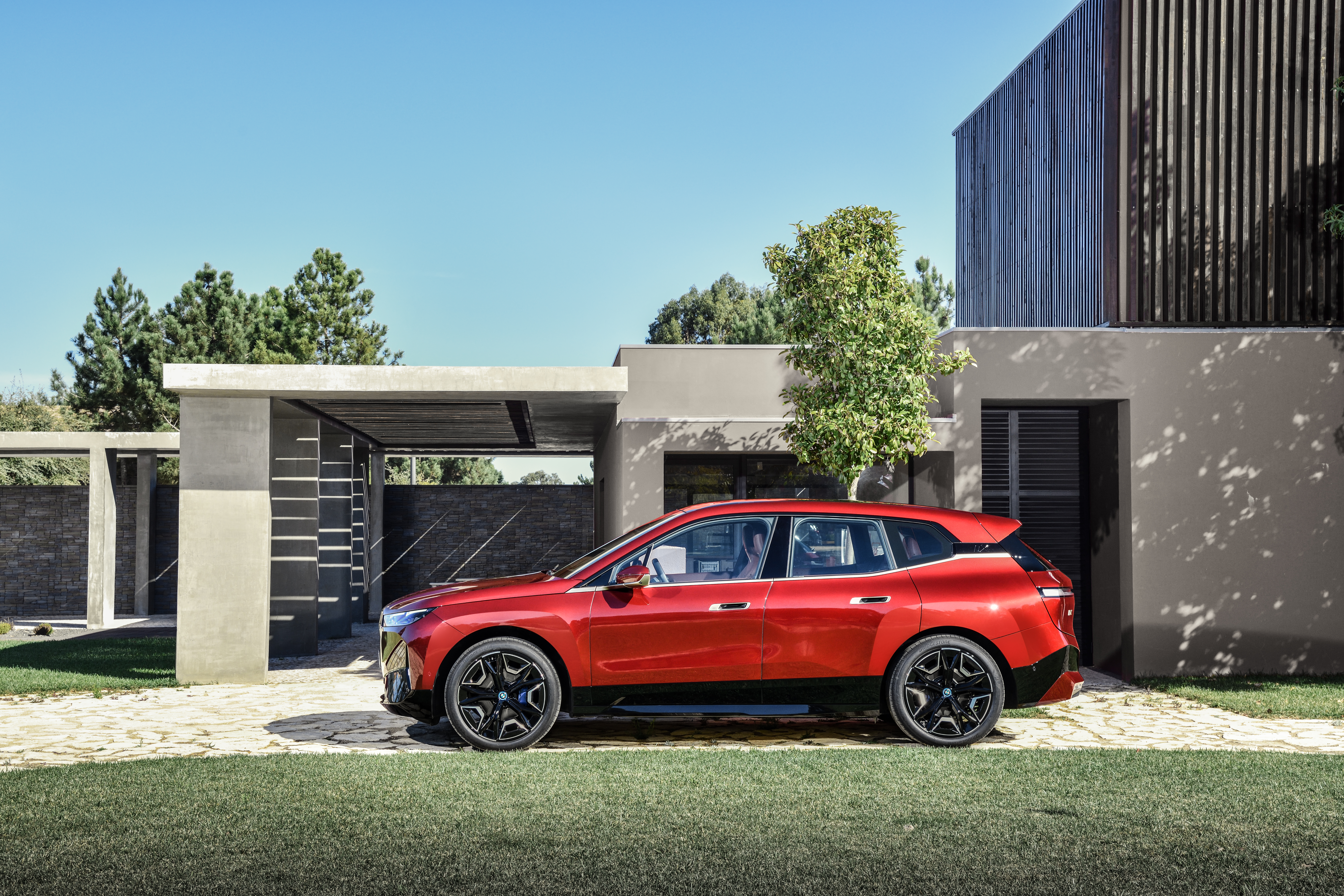
The design of iX is where the focus is right now though, and rightfully so. BMW is continuing to commit itself to the boldest styling decision in its existence, with the kidney grille design that we first saw on the 4 Series, and subsequently the new M3 and M4, used on the iX. If you’ve been following along with BMW’s concepts over the past several years, none of this will surprise you, and iX is by no means the final BMW slated to come with with a version of the design. Currently in the pipeline is the i4, and it’s not a wild stretch of the imagination to envision the rest of the fleet eventually gaining a version of the grille, with the exception of a handful of specific models.
The rest of the exterior design language of the iX seems almost foreign in comparison with the rest of what BMW currently sells, and that’s because it seems to share more in common with the i3 and i8 than the X5 or X7. The use of black glass panels, more cohesively integrated lighting, and the occasional slab-inspired panel was something we first saw on the i3 when it was introduced in 2013, and the i8 a year later. The styling is by no means stale; if anything it’s the opposite, but we still know where to look in terms of lineage.
BMW design head Adrian von Hooydonk says the iX has the overall footprint of the X5, the roof height of the X6, and wheels comparable in size with those used on the X7. It’s an interesting combination, and not one we would expect to hear referenced, but it’s also indicative of the direction things are going. BMW is on course to sell more SAVs like the X3, X5, and X7 than conventional models like the 3 Series, 5 Series, and 7 Series in the near future—it’s already happened in some markets—and the automotive landscape as a whole is trending in the same direction in terms of shape, dimensions, and more. Remember roughly fifteen years ago, when it seemed every manufacturer outside of a few exceptions was selling some form of the homogenized bubble-shaped sedan? Think of the iX and its future competitors as transportation modules that are designed to be as practical as possible, while still remaining aesthetically acceptable.
The major eye-catching elements that make the iX what it is include a rather unique wrap-around lift-gate, slim-line door handles which integrate within the body when not in use, and fender arches which appear as though large portions of excess material were sheared away to create their look. You’ll notice fewer shut-lines and creases than on other contemporary BMW models along with front and rear lights that appear cut from slits, while surfacing itself looks different than anything but the latest concepts, such as the i4. Those big X7-sized wheels aren’t the only thing designed for efficiency, as the entire iX can cut through the air with a drag coefficient of just 0.25.
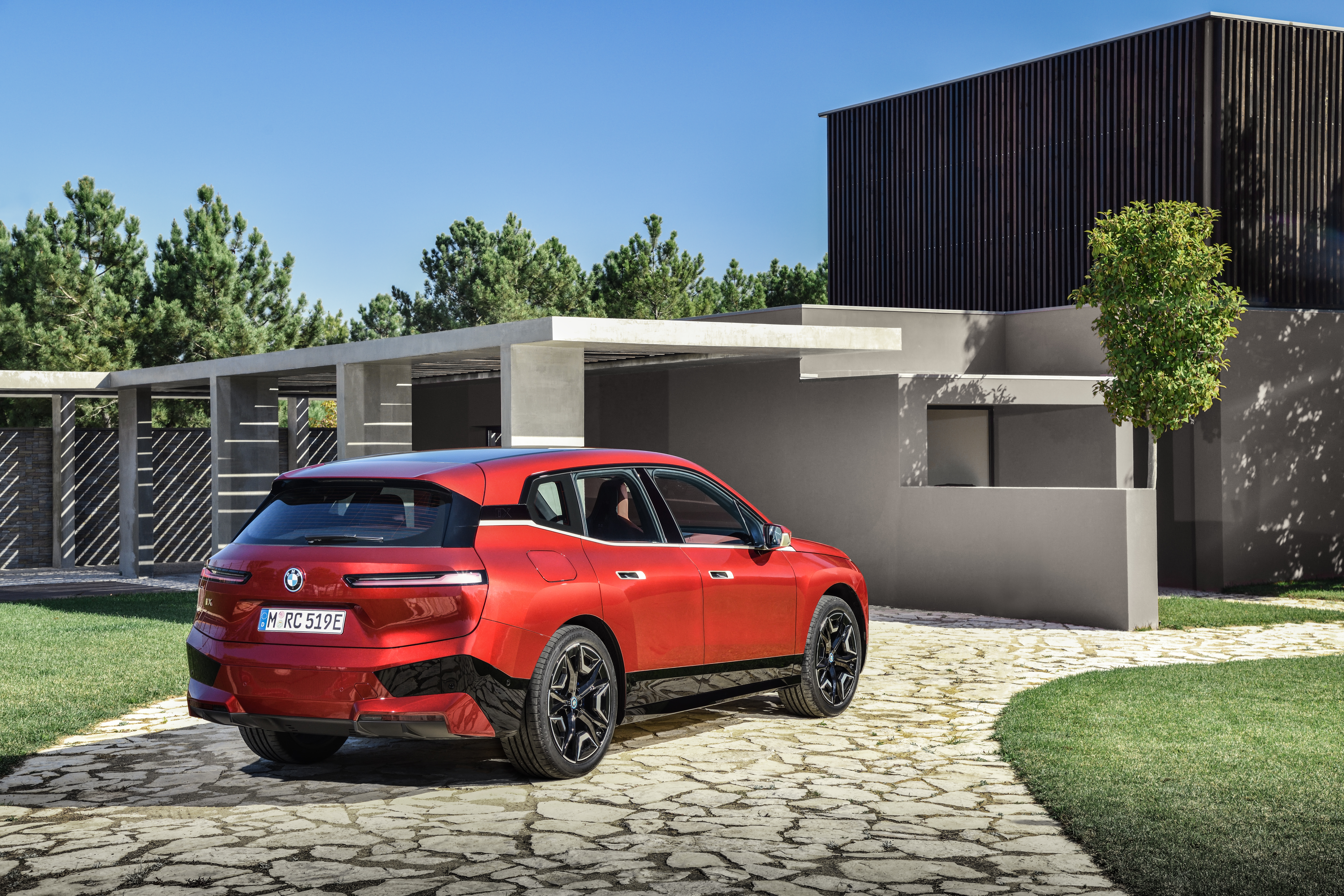
The bold minimalism of the side profile of the iX is taken to another level inside the cabin. Stark, broad, planar surfaces dominate the landscape, while the center screen, control surfaces, and various other necessary elements such as climate control vents and other buttons punctuating things. Like the i3, focus was placed on the use of recycled materials, and the iX employs them for the surfaces of the door panels, center console, floor, and seats. It’s tough to make out in the photos, but the roof is constructed using a large glass panel. Such a feature would normally necessitate the use of some sort of shade, but BMW opted to use something brand new in the automotive industry. It’s called Polymer Dispersed Liquid Crystal (PDLC) and the technology is used to shade the interior, something that is achieved by passing current through a center layer in the glass roof panel, which in turn alters its transparency. If it sounds like an electrochromic mirror, you’re not far off, and the roof can be dimmed in less than a second. When the iX is parked, the panel automatically goes into shade mode.
Buttons and knobs haven’t been completely eliminated by any means, but it certainly appears as though you’ll find fewer in iX than in other current BMW models. Being the brand’s technological flagship, however, technology does not take a backseat. A great example is the expansive display in front of the driver which happens to be the largest in any BMW, and it looks to be running a new version of iDrive that the public hasn’t seen yet.
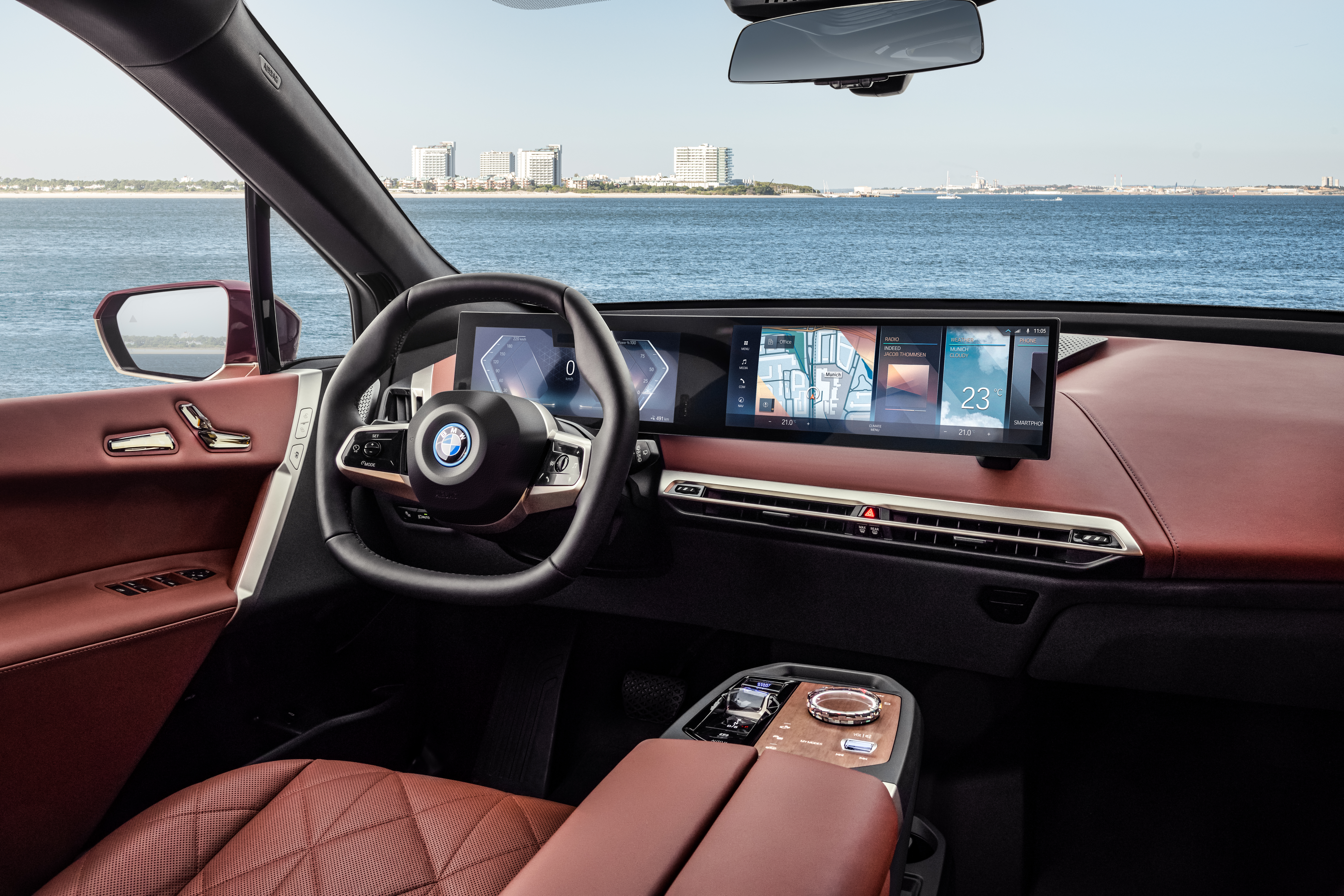
As the focus of driving shifts from operating a vehicle via a steering wheel and pedals to commanding the computer that’s going to handle it all for you, so too is the emphasis placed on the importance of what’s at the driver’s fingertips. The center console control pad on display above and below is optional in terms of its appearance, but uses a unique and notable combination of materials. The controls themselves, such as the large iDrive knob which features a top touch pad, have a polished crystal finish, a treatment which extends to seat adjustment buttons, the audio roller controller, and the “gear selection” rocker. These controls have been available on models like the 8 Series, X5, X7, and others for a few years now, but the use of the material has been expanded on iX, and looks more compelling than ever before. The design element works especially well in conjunction with the open-pore walnut wood which serves as a backing surface. The wood trim isn’t merely aesthetic, however, as it features embedded controls with backlit illumination. Remember when a center console of any kind was an option? The automobile continues its evolution, and BMW is among those at the forefront.

Technical specifics about iX are still few and far between, but BMW has made a few items of note public. The 500 horsepower figure is achieved by way of two electric motors; one for each axle. The motors—or eDrive units in BMW vernacular—are designed and manufactured by BMW, and feature water cooling; is that a radiator in the cutaway below? Because it shares the CLAR platform with numerous other primarily rear-drive BMW models, the floor pan is home to the battery pack, but for the iX, the underside is actively cooled. According to BMW, the 500 horsepower worth of output is enough to propel iX from zero-to-60 in less than five seconds, which should be more than respectable given what is expected to be a rather large and heavy vehicle. Battery capacity is speculated to be around 100 kWh, and the system will be able to accept fast charging at rates of up to 200 kW, but good luck finding a station which can deliver that. On a 200kW charge, the iX’s batteries can go from 10% to 80% in under 40 minutes, while using a more conventional 11kW charger can replenish empty batteries to full capacity in a more realistic eleven hours.

There’s been a lot of hand-wringing in response to the design language that the BMW brand has committed itself to this year, and the iX, although described as BMW’s technological flagship, is also yet another installment. This is the way things are going, and you can rest assured—especially after watching the video below—that BMW has seen and read many of your comments on social media, and they aren’t backing down. Instead, one of the automaker’s latest video productions directly asks potential customers their reasons for not embracing change. You can check it out below, and while you’re at it, it might be worth your time to watch a longer video which takes a look at the design and engineering involved with creating iX, and how a 100-year-old German automaker with the word engine in its name embraced building the electric vehicle of the future from a clean sheet.—Alex Tock
[Photos and video courtesy BMW AG.]

